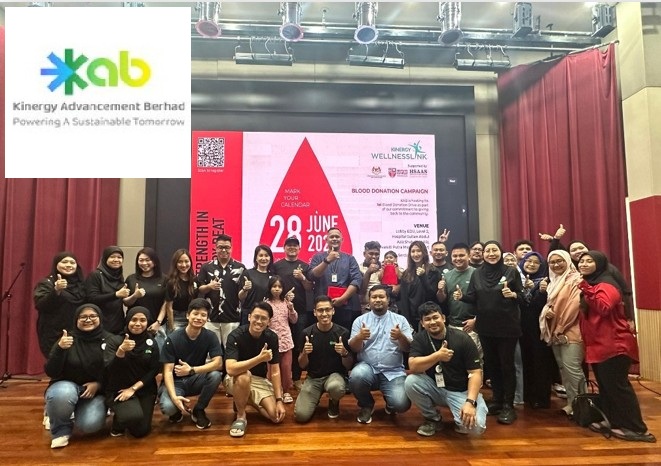By Xavier Kong
CONSUMERS have gone towards digital engagement over the course of the global lockdown period due to the Covid-19 pandemic, according to panellists on Zalora’s Consumer Trends webinar.
The panellists also agreed that brands will have to look towards adjusting their omnichannel strategies to see what part their physical stores play in said strategies.
According to Giulio Xiloyannis, Zalora’s chief commercial officer, more customers have turned to using their computers and tablets to purchase products.
“Another point to note is that there was a pronounced increase in new customers between the ages of 20 and 30, with new customers in the age 21 to 25 bracket growing by 33%,” said Xiloyannis, adding that a decrease in sales contributions from customers above the age of 35 was also observed.
Jonathan Koch, senior vice president of unified commerce and strategy for PVH Asia Pacific, shared that China has been leveraging technology such as WeChat to drive new commercial opportunities or to find new solutions to connect supply and demand, even if stores are closed and logistics networks are impacted, adding that it would be interesting to see how this will play out in Southeast Asian markets.
Koch also shared that brands will have to figure out the role of a physical store after this entire lockdown period, while figuring out how their omnichannel strategies will look like. He pointed towards a McKinsey report about how store closures will happen among other changes, with some brands quite possibly disappearing.
“People are rotating more towards e-commerce, which is an acceleration of things that are already happening. In Southeast Asia, each market has been impacted differently, based on governmental choices and actions on local situations,” said Koch.
Jerome Hamlin, head of industry for e-commerce at Google, shared that there has also been a surge in video consumption for topics such as cooking, DIY and self-help, and wellness content.
“A lot of these categories have really skyrocketed in quite a sustained way, and this has led to some really interesting implications for marketers in how they want to design a product, or how they can market a product,” he said.
Marty Buragay, client solutions manager from Facebook, concurred, adding that there has been increased engagement across all of Facebook’s apps, and pointed out that brands had to know how to take advantage of this, such as creating organic content, especially for those prioritising brand presence.
“At this time it is really hard for brand-building, if you don’t know what is happening. But we do know there are some mindsets that we have to put in place at this time. First is planning and innovating as people adapt to the new normal. Be mindful and empathetic when communicating to your consumers,” he said.
He added that the question to answer is how brands can create that online community experience, how they can encourage dialogue and conversation in their community, while being mindful of the messaging of their brand.
Stuart Higgins, marketplace general manager of the Cotton On Group, on the reinvention of the physical store, shared that the optimism around physical stores should be real.
He noted that the focus of the business is always what the customer wants from the business, and the people that connect to the customers are the employees.
“We have to first make sure that the environment is safe for our team, and when they are safe, they can then connect better to the customers. This means that we can better concentrate on delivering what the customer wants, whatever platform we are on, be it digital or physical,” he said. – May 22, 2020









